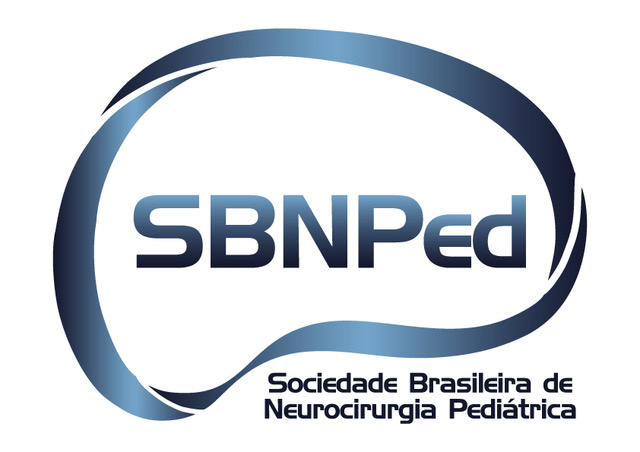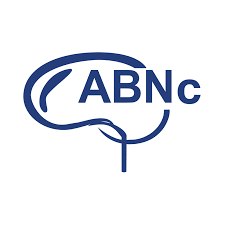Shunt Infection
DOI:
https://doi.org/10.46900/apn.v3i2(May-August).90Keywords:
Shunt, Hydrocephalus, InfectionAbstract
The improvement in the management of hydrocephalus comes from the following: early diagnosis, radiological investigation, better knowledge of mechanisms, quality of material, surgical technique of implantation, less shunt complications (e.g.infections) and alternatives to shunt (e.g. Neuroendoscopy). However, shunt infection does not improve in the last decades, ranging from 3 to 12%. Shunt infection can be classified in: would infection, CSF infection, infected shunt system, abdominal complications (infection). The main agent is Staphylococcus, causing 67%-85% of problems, mainly due to colonization of shunt by skin flora. The majority of cases occur during the first 2 months (85%), late infection is rare. Risk factors to infection are the following: the cause of hydrocephalus, clinical condition and the age of children, operation time of the day, the duration of the shunt operation, the number of persons in OR, shunt material (Antibiotic catheter), presence of previously shunt system, postoperative CSF leak, perioperative antibiotics and economic level of Medical Center. Recommended management of shunt infection: removal of the shunt, insertion of an external drainage (EVD) (always in operation room), change EVD after 15 days, intravenous antibiotics, replacement of ventriculoperitoneal shunt after 3 sterile cultures. The most feared complications of Shunt infection are mortality, morbidity and cost. In conclusion: SHUNT INFECTION IS NOT A FATALITY
Downloads
References
Attenello FJ, Garces-Ambrossi GL, Zaidi HA, Sciubba DM, Jallo GI. Hospital costs associated with shunt infections in patients receiving antibiotic-impregnated shunt catheters versus standard shunt catheters. Neurosurgery. 2010 Feb 1;66(2):284-9.
Bourgeois M, Sainte-Rose C, Cinalli G, Maixner W, Malucci C, Zerah M, Pierre-Kahn A, Renier D, Hoppe-Hirsch E, Aicardi J. Epilepsy in children with shunted hydrocephalus. J Neurosurg. 1999 Feb;90(2):274-81.
Choux M, Genitori L, Lang D, Lena G. Shunt implantation: reducing the incidence of shunt infection. Journal of neurosurgery. 1992 Dec 1;77(6):875-80.
Flint AC, Rao VA, Renda NC, Faigeles BS, Lasman TE, Sheridan W. A simple protocol to prevent external ventricular drain infections. Neurosurgery. 2013 Jun;72(6):993-9;
Mallucci CL, Jenkinson MD, Conroy EJ, Hartley JC, Brown M, Dalton J, Kearns T, Moitt T, Griffiths MJ, Culeddu G, Solomon T. Antibiotic or silver versus standard ventriculoperitoneal shunts (BASICS): a multicentre, single-blinded, randomised trial and economic evaluation. The Lancet. 2019 Oct 26;394(10208):1530-9.
Rush DS, Walsh JW (1982) Abdominal complications of CSF-peritoneal shunts. Monogr Neural Sci 8: 52–54
Sciubba DM, Stuart RM, McGirt MJ, Woodworth GF, Samdani A, Carson B, Jallo GI. Effect of antibiotic-impregnated shunt catheters in decreasing the incidence of shunt infection in the treatment of hydrocephalus. Journal of Neurosurgery: Pediatrics. 2005 Aug 1;103(2):131-6.
Smith ER, Butler WE, Barker FG. In-hospital mortality rates after ventriculoperitoneal shunt procedures in the United States, 1998 to 2000: relation to hospital and surgeon volume of care. Journal of Neurosurgery: Pediatrics. 2004 Feb 1;100(2):90-7.
Tamburrini G, Massimi L, Caldarelli M, Di Rocco C. Antibiotic impregnated external ventricular drainage and third ventriculostomy in the management of hydrocephalus associated with posterior cranial fossa tumours. Acta neurochirurgica. 2008 Oct;150(10):1049-56.
Tuli S, Tuli J, Drake J, Spears J. Predictors of death in pediatric patients requiring cerebrospinal fluid shunts. Journal of Neurosurgery: Pediatrics. 2004 May 1;100(5):442-6.
Vinchon M, Dhellemmes P. Cerebrospinal fluid shunt infection: risk factors and long-term follow-up. Child's Nervous System. 2006 Jul 1;22(7):692-7.
Warf BC. Comparison of 1-year outcomes for the Chhabra and Codman-Hakim Micro Precision shunt systems in Uganda: a prospective study in 195 children. Journal of Neurosurgery: Pediatrics. 2005 May;102(4):358-62.
Wong JM, Ziewacz JE, Ho AL, Panchmatia JR, Bader AM, Garton HJ, Laws ER, Gawande AA. Patterns in neurosurgical adverse events: cerebrospinal fluid shunt surgery. Neurosurgical focus. 2012 Nov 1;33(5):E13.
Wong JM, Ziewacz JE, Ho AL, Panchmatia JR, Bader AM, Garton HJ, Laws ER, Gawande AA. Patterns in neurosurgical adverse events: cerebrospinal fluid shunt surgery. Neurosurgical focus. 2012 Nov 1;33(5):E13.

Downloads
Published
How to Cite
Issue
Section
License
Copyright (c) 2021 Maurice Choux

This work is licensed under a Creative Commons Attribution 4.0 International License.

When publishing in Archives of Pediatric Neurosurgery journal, authors retain the copyright of their article and agree to license their work using a Creative Commons Attribution 4.0 International Public License (CC BY 4.0), thereby accepting the terms and conditions of this license (https://creativecommons.org/licenses/by/4.0/legalcode).
The CC BY 4.0 license terms applies to both readers and the publisher and allows them to: share (copy and redistribute in any medium or format) and adapt (remix, transform, and build upon) the article for any purpose, even commercially, provided that appropriate credit is given to the authors and the journal in which the article was published.
Authors grant Archives of Pediatric Neurosurgery the right to first publish the article and identify itself as the original publisher. Under the terms of the CC BY 4.0 license, authors allow the journal to distribute the article in third party databases, as long as its original authors and citation details are identified.


























